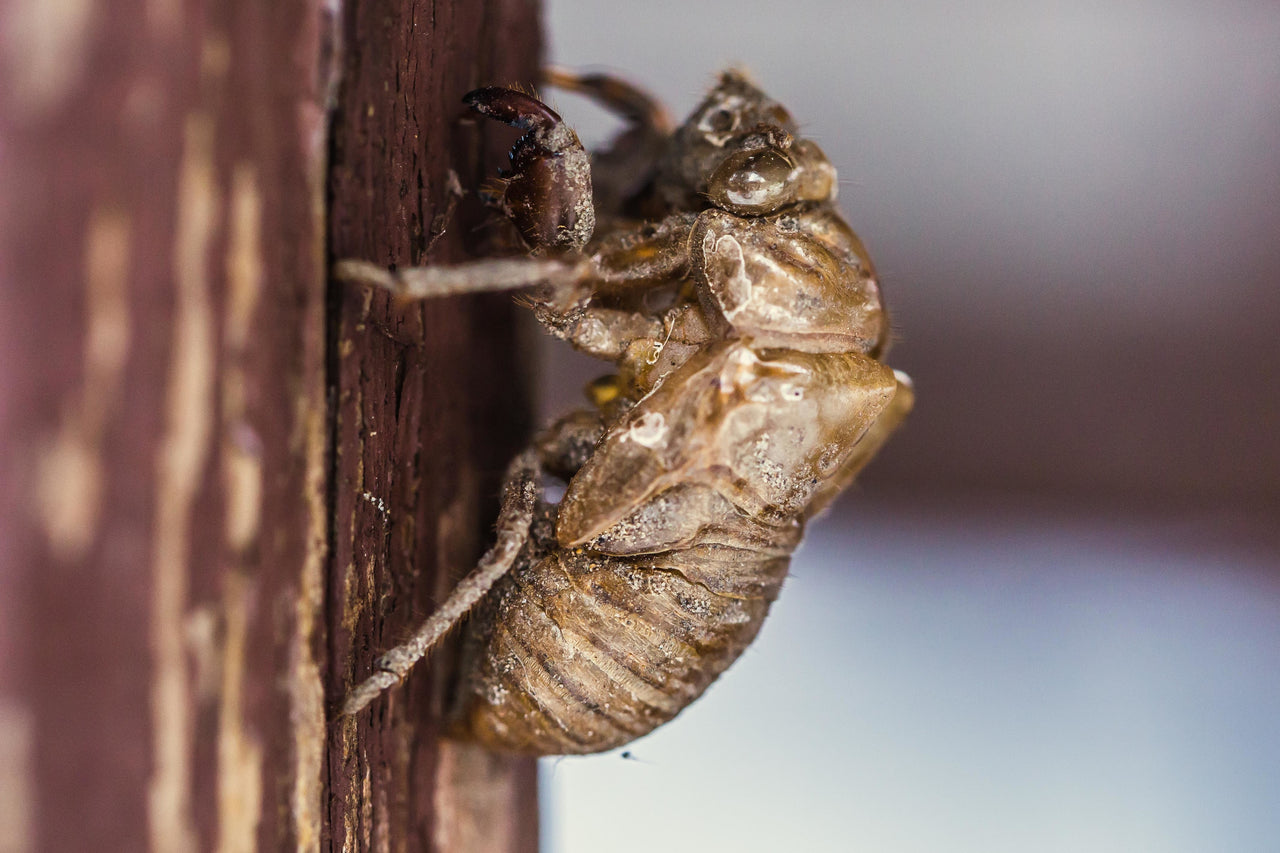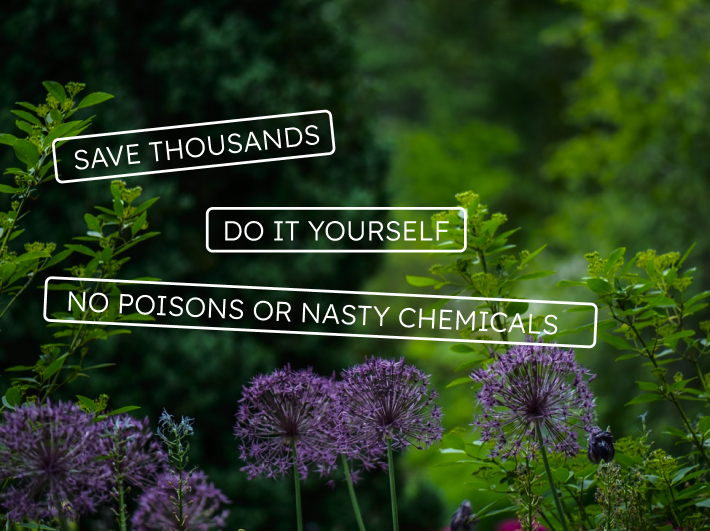I had it on for a couple of nights and noticed no difference.
Then I saw a review suggesting leaving it on 24/7, so I did that.
10 days later - not a mosquito or midge in sight!
Absolutely amazed.
My husband is allergic to midge bites and literally has scars all over his legs. I am sure noone gets bitten more than him, but he has not had a bite since!
We have it next to the pool and we have bush in our backyard. Table height as the customer service team suggested.
Truly amazing. A+++
Every year our nectarines get attacked by fruit flies, this year we covered the tree with the net and our fruit has managed to stay bug free!
Hi Amy,
Thank you for your feedback and for choosing our EnviroBug Tree Defender netting for your fruit trees. We are thrilled to hear that it has been working perfectly for you and has kept your nectarines free from fruit flies this year. We hope you continue to have a bountiful and bug-free harvest. Happy gardening!
Warm regards,
Alex
EnviroBug Customer Service Team
I bought 4 snake repellers from EnviroBug and they are the best quality I have ever purchased. The stems are thick and strong. Comes with excellent installation instructions to ensure longevity and effectiveness. Vibration sounds goof and has excellent radius for peace of mind. Thank you Envirobug!
I purchased EnviroBug's twin pack battery snake repellers. They are robust units that appear up to the task. Importantly, the sonic buzzer is easily disabled and I use only the subterranean vibration functionality. Snake season has only kicked off and so far so good.
I had a fantastic service experience where one of the units was delivered with a manufacturing fault. Their response was quick and courteous and a replacement unit is on its way. Thank you to all.
So far so good, easy to set up, quality looks good and nothing slithering into the yards yet and hopefully not at all.









